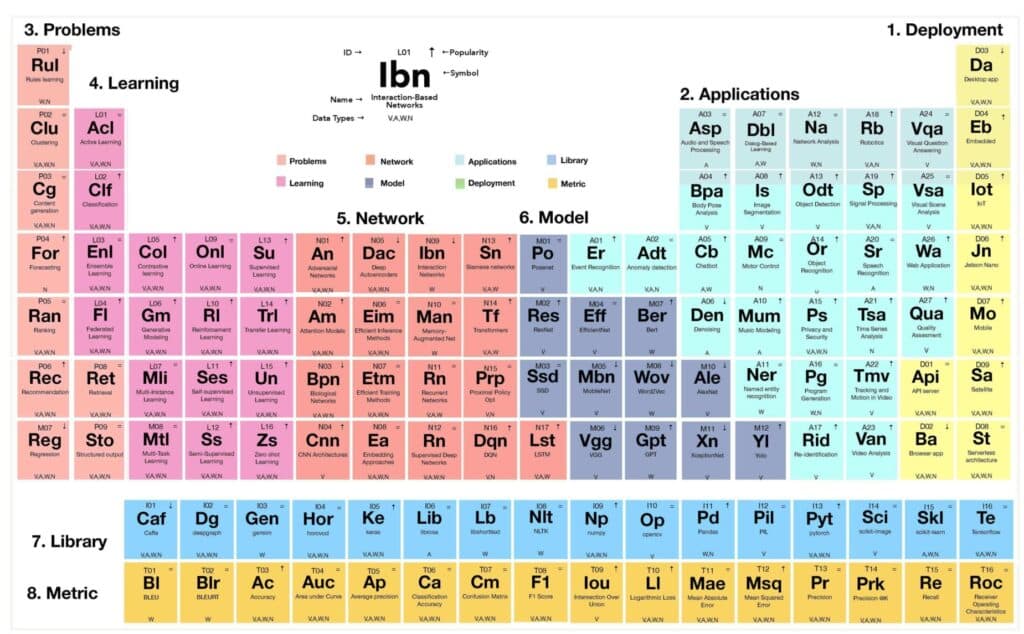
Who is this deep learning tool designed for?
The periodic table of Deep Learning Elements is a tool designed to support R&D managers, Product Managers, Product Owners, Data Scientists, and Software Developers.
Whether you are starting your first Deep Learning project or have several under your belt, the chances are that you still have many unanswered questions.
What library shall I use? Where am I going to deploy? What is the best algorithm?
The periodic table of deep learning elements is a new tool designed to answer the questions that will help organise your machine learning project – check it out here for a closer look.
Why use the deep learning periodic table?
Nowadays, deep learning algorithms are commoditised. In most cases, free of charge in a basic and non-customised form. However, they are just one part of a problem that needs solving.
In particular, you will have to make decisions in numerous distinct areas of your project. These areas are very heterogeneous and require expertise at 360°. With the periodic table the 8 main areas of a deep machine learning project have been identified:
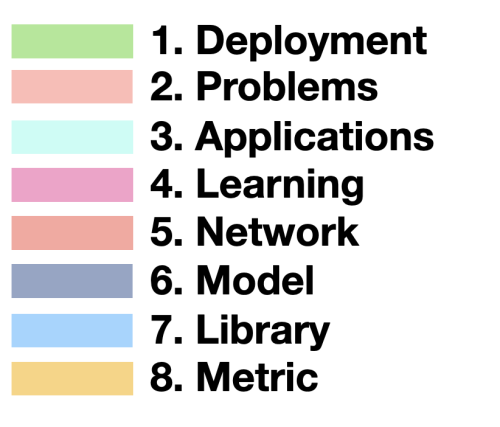
How can this AI tool help me?
The periodic table helps you come up with the unique combination of deep learning elements needed to solve your problem – just like the unique combinations that make up a molecule!
Think of your project as this big molecule that you have to assemble using lots of different elements. For instance, in the picture below you can see the caffeine molecule.
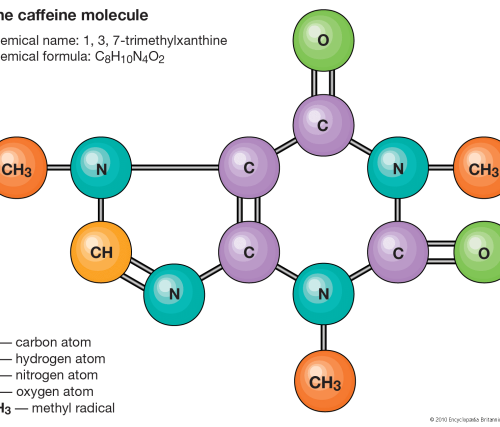
As you can see you have carbon, hydrogen and nitrogen atoms, as well as other more complex elements all combining to create the caffeine molecule (or what we’ll refer to as the solution. With Deep Learning artificial intelligence, the same principles apply in terms of the complex nature of what makes a deep learning project work well.
The organisation of the periodic table can be used to derive relationships between the various element properties, and also to predict their optimal combination.
But let’s have a closer look at one of the 123 elements published in the table.
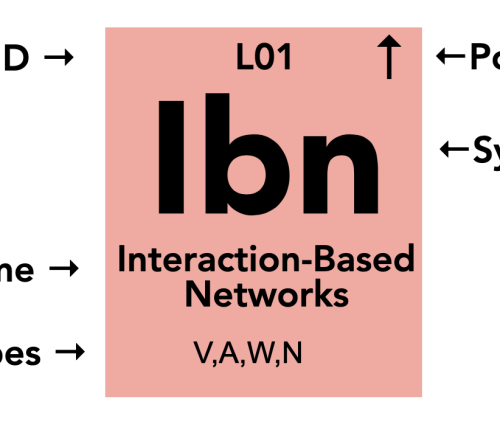
As you can see, we compacted a lot of information in each element. In particular, we have : :
a. the name of the element
b. the symbol that univocally identifies the element in the table
c. the ID of the element
d. the data type this element applies to. The possible data types are
- V→ Visual (images and video)
- A→ Audio
- W→ Words
- N→ numbers (timeseries, etc.).
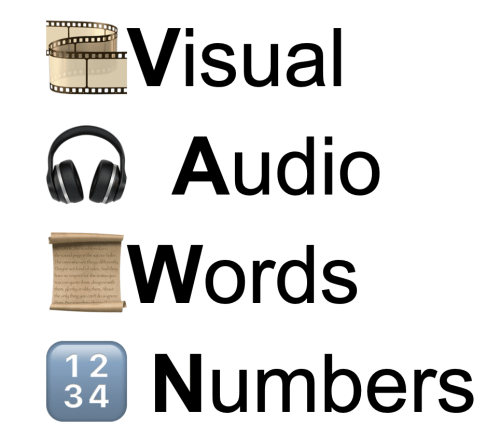
e. the popularity of the element in the Deep Learning community
- ↑ growing popularity
- ↓ decreasing popularity
- = stable popularity
When to use a Deep Learning Periodic Table?
You can use this table in a number of different situations and throughout various stages of your project. We recommend the following:
- Design phase – right after having finalised your use cases.
- Mid-project – during project development to track your hypothesis & assess roadblocks.
- Retrospective – review what went wrong and what work once finished the project. Check out your initial hypothesis vs. your learnings
How do I use it?
As you see in the diagram below, we have divided the table into 8 sections, all colour-coded. Each section contains a specific set of elements.
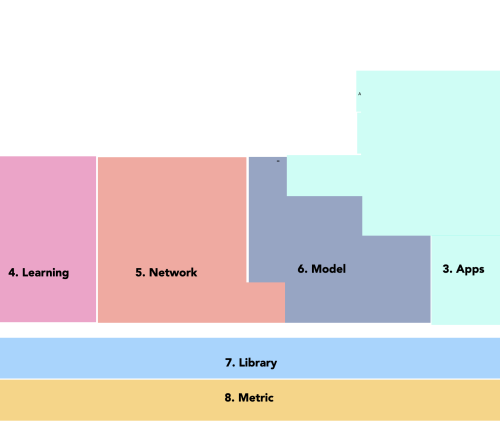
Starting from right to left, you can iteratively discover the combination most suitable for your project.
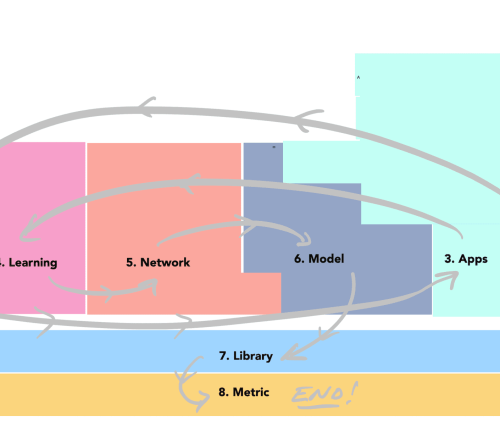
Of course, you won’t get it right the first time… what we recommend to do is print it and draw multiple “trajectories”. This allows for a clear comparison of various potential approaches.
What else do I need to know?
Learning more about each section of the periodic table of deep learning AI elements is a great place to start. Interested in a deep dive into the art of Neural Networks and Deep Learning design? Here’s our second guide exploring the 5 steps to completing your Deep Learning architecture using the table.
To get your deep learning project on the right track, try out the table here for yourself.
